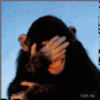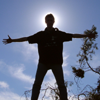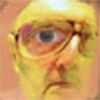I Give Up
Mar 8, 2012 08:45:22 #
I give up. For the past three years I have attempted to get good photos of the moon. Like others, I have seen these really cool and detailed shots taken with quite unimpressive equipment by others and I wanted to emulate these shots. I have used two different sigma 50-500's, two different sigma 170-500's and two different 300's, one olympus and one tamron. I had taken the shots with and without a tripod, with and without a two second delay on a tripod, with and without a remote shutter release, at various shutter/aperture settings and at different zoom ranges. To date, none even approach some of the shots taken by other photographers using simpler equipment (point and shoots and ultrazooms). That is spelled C-R-A-P!! I live in Georgia and all my shots have been taken while shooting upward from the side of a hill and my only hope is that my geographic location has something to do with the problem. Also, does the time of evening or morning have anything to do with the clarity?
ANY suggestions would be appreciated.
Dan
ANY suggestions would be appreciated.
Dan
Mar 8, 2012 08:49:57 #
Hi Dan
Here are some guides I've used:
1. Day 300mm ISO400 F5.6 1/3000
2. Night 300mm ISO400 F5.6 1/350
3. Trial - 300mm ISO100 F8 1/250 Mirror Up WB Sunny and tripod.
Remember the moon surface is the SUN reflecting off. And the moon is moving while you are trying to focus and take the picture.
Hope some of this helps
Sarge
Here are some guides I've used:
1. Day 300mm ISO400 F5.6 1/3000
2. Night 300mm ISO400 F5.6 1/350
3. Trial - 300mm ISO100 F8 1/250 Mirror Up WB Sunny and tripod.
Remember the moon surface is the SUN reflecting off. And the moon is moving while you are trying to focus and take the picture.
Hope some of this helps
Sarge
Mar 8, 2012 10:29:01 #
Its not the lens, its the exposure. Biggest mistake most people make is shooting long exposures because they are shooting at night. Remember, its full daylight on the moon! Try the "Sunny 16" rule tonight.
Last nights full moon, hand held.
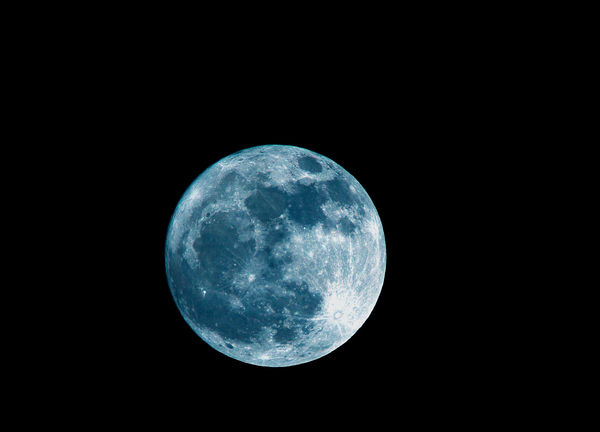
Mar 8, 2012 13:22:22 #
Thanks for the info. BTW, all focusing was done manually and set to infinity. My shutter speeds have rotated between 1/40 to 1/1000 and the apertures from f5 to f22. No combination seem to work. Daylight white balance always. I'll try mirror lock up and sunny 16. My exposures seem to be okay; it's the lack of definition and detail that seems to be the problem
Thanks again.
Dan
Thanks again.
Dan
Mar 8, 2012 14:47:46 #
Dan you might try locking focus on the edge of the moon (nice sharp, contrasty edge) and then recompose the shot to put the moon in the middle of the frame.
Eric
Eric
Mar 9, 2012 07:58:30 #
Use 'spot' metering to keep the moon from being an over exposed big blob of light.
Mar 9, 2012 08:05:46 #
Hi Dan, I share your frustrations. Lest night the moon here was beautiful so I grabbed tripod and camera, took loads of different combination shots and all they turned out were white blobs. Nothing anywhere near as nice as the one above by MT Shooter. I will have another go again tonight if it is as clear (was a full moon here yesterday so especially nice), thanks for the suggested settings. argggghhhhhhhh keeping the faith here, not ready just yet to give in :)
Mar 9, 2012 08:20:20 #
MT Shooter wrote:
Its not the lens, its the exposure. Biggest mistake most people make is shooting long exposures because they are shooting at night. Remember, its full daylight on the moon! Try the "Sunny 16" rule tonight.
Stunning!
Mar 9, 2012 08:50:53 #
Can someone explain what "Sunny 16" is? I am new at photography and I haven't heard this term before.
Mar 9, 2012 08:56:20 #
The basic rule is, "On a sunny day set aperture to f/16 and shutter speed to the [reciprocal of the] ISO film speed [or ISO setting] for a subject in direct sunlight."[1] For example:
On a sunny day and with ISO 100 film / setting in the camera, one sets the aperture to f/16 and the shutter speed to 1/100 or 1/125 second (on some cameras 1/125 second is the available setting nearest to 1/100 second).
On a sunny day with ISO 200 film / setting and aperture at f/16, set shutter speed to 1/200 or 1/250.
On a sunny day with ISO 400 film / setting and aperture at f/16, set shutter speed to 1/400 or 1/500.
On a sunny day and with ISO 100 film / setting in the camera, one sets the aperture to f/16 and the shutter speed to 1/100 or 1/125 second (on some cameras 1/125 second is the available setting nearest to 1/100 second).
On a sunny day with ISO 200 film / setting and aperture at f/16, set shutter speed to 1/200 or 1/250.
On a sunny day with ISO 400 film / setting and aperture at f/16, set shutter speed to 1/400 or 1/500.
Mar 9, 2012 09:00:55 #
Thanks! That makes a lot of sense.
PlushToy wrote:
The basic rule is, "On a sunny day set apertu... (show quote)
Mar 9, 2012 09:05:59 #
Wabbit
Loc: Arizona Desert
danielb59 wrote:
I give up. For the past three years I have attemp... (show quote)
If you show us what you've done maybe, maybe we can help. Right now I'd be spitting into the wind.
1. Remember that you're taking a picture of a ball of light.
2. You need a tripod
3. And just because you're turning your focus ring to infinity it doesn't mean that you're in focus
Mar 9, 2012 09:15:32 #
Don't dispair. I recently took a moon 'shot' at 3 PM from my car window, hand held. I used a Tamron 18-270 lens at ISO 400 and at f 8. The enclosed image shows the results. It doesn't have to be rocket science to get a good image.
moon
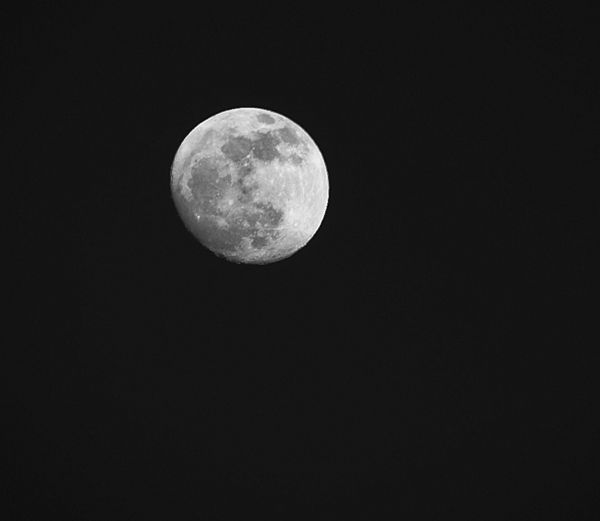
Mar 9, 2012 09:25:02 #
kendeitch wrote:
Don't dispair. I recently took a moon 'shot' at 3 PM from my car window, hand held. I used a Tamron 18-270 lens at ISO 400 and at f 8. The enclosed image shows the results. It doesn't have to be rocket science to get a good image.
Where were you to take that shot at 3 pm? Coldfoot, Alaska?
Mar 9, 2012 09:48:37 #
Wabbit
Loc: Arizona Desert
MT Shooter wrote:
Where were you to take that shot at 3 pm? Coldfoot, Alaska?
kendeitch wrote:
Don't dispair. I recently took a moon 'shot' at 3 PM from my car window, hand held. I used a Tamron 18-270 lens at ISO 400 and at f 8. The enclosed image shows the results. It doesn't have to be rocket science to get a good image.
Where were you to take that shot at 3 pm? Coldfoot, Alaska?
Hum, very good observation, something smells fishy in Albuquerque
If you want to reply, then register here. Registration is free and your account is created instantly, so you can post right away.

